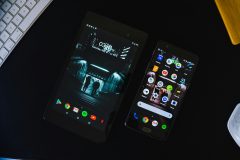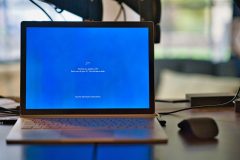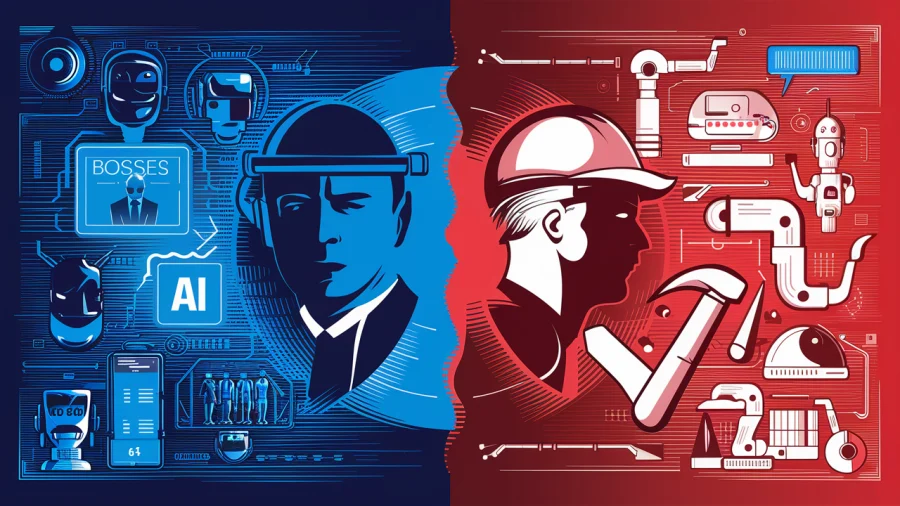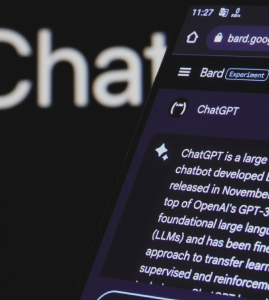Educational tablet maker Kno announced the pricing today for its soon-to-be-released device. As promised, the cost will be “under $1000” – ranging from $599 for the 16 GB single-screen to $999 for the 32 GB dual-screen versions. Kno is taking orders now, with the device set to be available by December 20, just in time to be a last-minute gift for that college student on your shopping list.
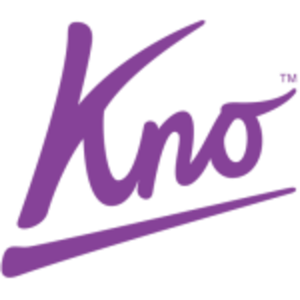
Tablets and e-readers are poised to be hot items this holiday season, and while the back-to-school shopping rush may be over, it’s worth looking at these devices in terms of how well they satisfy the needs of students.
Clearly these devices are challenging the traditional textbook market – one that’s estimated to be between $8 and $15 billion per year. That’s a market that Kno is explicitly going after with its new device. But with competition from other already established e-reader and tablets – the iPad, the Kindle, and the Nook (not to mention, the rumored Google tablet) – the company has its work cut out for it in wooing student consumers.
A Rubric for Grading E-Textbook Devices
Kno says that its device will “pay for itself in 3 years” with the savings from not having to buy new, print textbooks. But cost isn’t necessarily the only thing that’s going to make a tablet or e-reader necessary or desirable for students. Battery life will be crucial as lecture halls may deliver WiFi, but typically fail to offer enough electrical outlets. (The Kno battery life lasts “up to 6 hours of normal campus use.”)
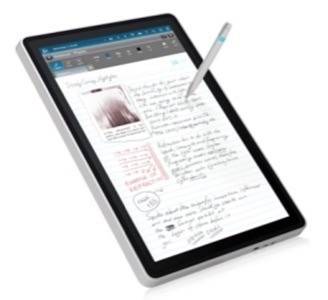
Other requirements will include:
- Integration with a school’s learning management system
- Course content, including textbooks, open educational resources, and student-generated materials
- Social networking capabilities
It’s likely that students will want a mobile device that does more than just deliver course materials. (Of course, a wealth of third-party apps may not be a crucial feature for parents, the likely purchasers of these devices.)
Designing a device for electronic textbooks is tricky. You have to provide students with the right content – the right textbooks, the right LMS integration, the right productivity and social learning tools. But you also have to appease professors, administrators, textbook publishers, app developers, and parents.
It may be no surprise then that no e-reader is quite right yet for the student market, or as the recent Forrester report on e-books found, that the the laptop remains most popular way to read digital books.
